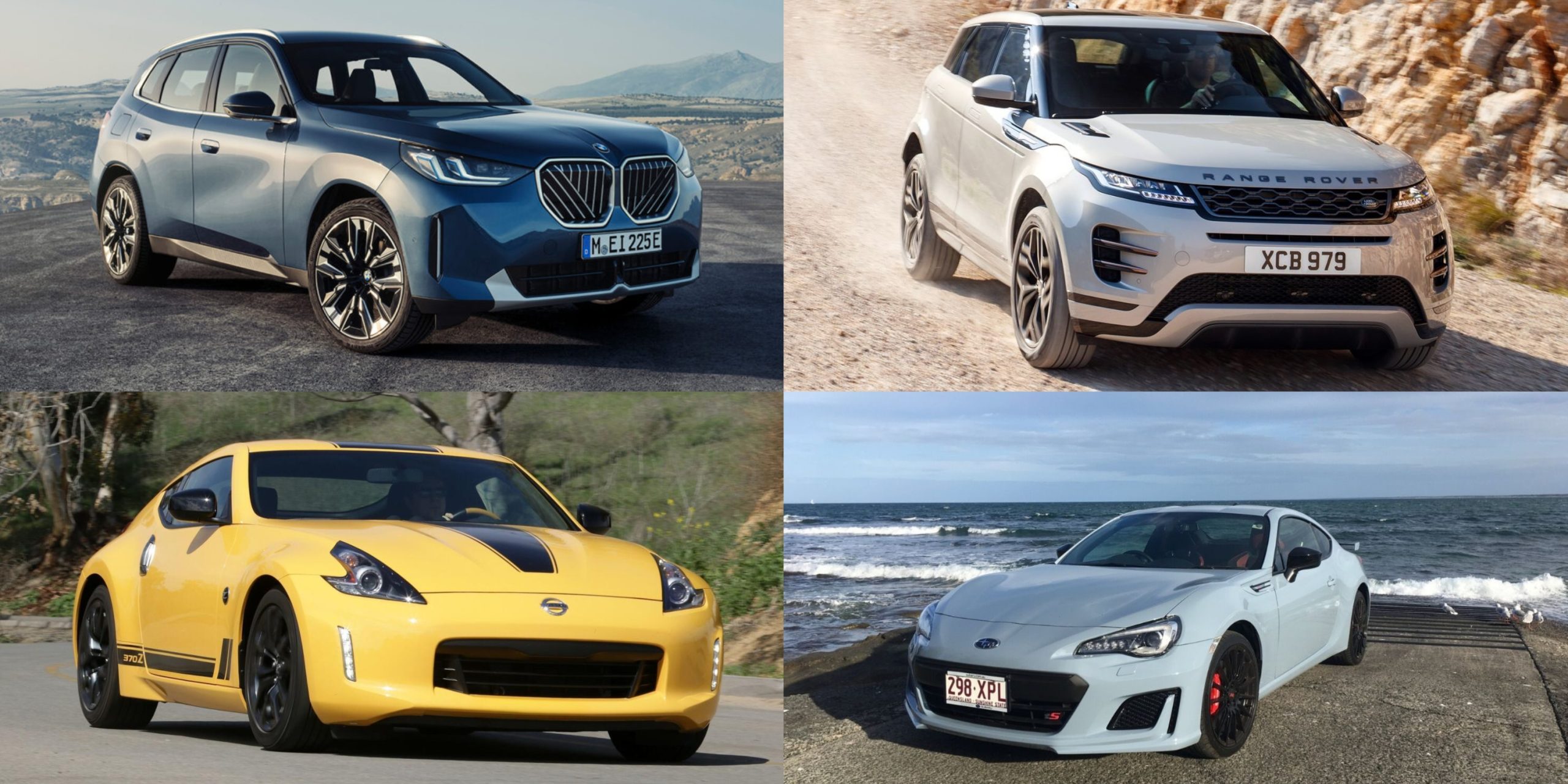Cold weather can present significant challenges for drivers, particularly when it comes to vehicle performance and safety. As temperatures drop, certain cars struggle more than others to operate effectively in icy, snowy, or frigid conditions.
For those living in or frequently traveling to colder climates, selecting a vehicle well-suited for winter driving is crucial. When temperatures dip, snow, ice, and freezing wind or rain can create hazardous conditions for unprepared drivers.
With the Met Office forecasting “unsettled conditions” or snow in parts of the UK over Christmas, it’s important to know which cars will provide the best traction and stability on icy or snowy roads.
Many people associate tough driving conditions with the need for four-wheel drive, where power from a car’s engine is sent to all four wheels to aid traction on slippery surfaces. Although traditional four-wheel drive systems can lead to higher running costs, modern setups that switch between two- and four-wheel drive only when necessary are more economical and efficient.
In this article, we explore 10 cars that tend to perform poorly in cold weather, highlighting their specific shortcomings and the risks they pose. By understanding which vehicles to avoid, drivers can make more informed decisions when choosing a car for winter use.
Additionally, we’ll also cover the 10 best cars for tackling icy and snowy conditions, especially in rural areas like Scotland, northern England, or Northern Ireland, where such weather is more common, but increasingly experienced across the UK.
Also Read: 10 Electric Trucks Competing to Be the Best Workhorse in America
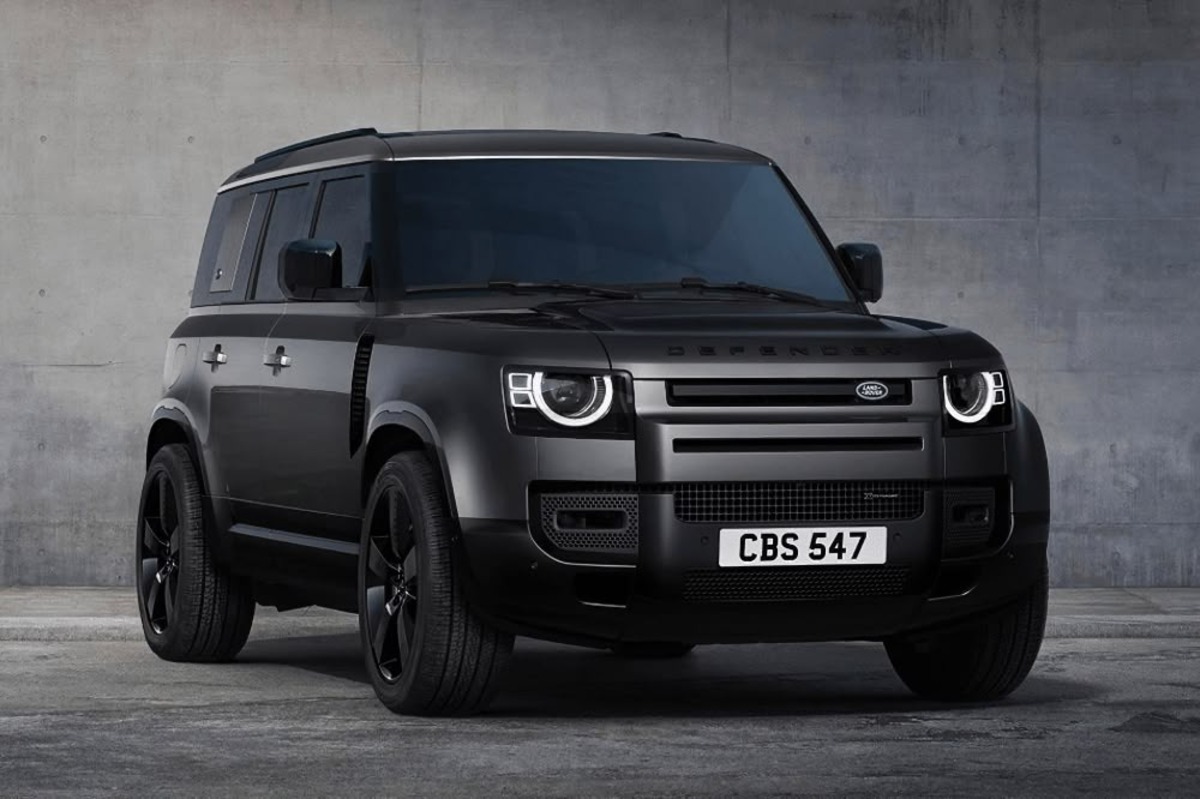
Land Rover Defender
For many people, the Land Rover Defender is the best example of a strong off-road vehicle. If you imagine an SUV driving through snow, chances are you’re thinking of the Defender.
There are less expensive versions than the D300 model we’ve picked here, but with 296bhp, it has more than enough power for any driving situation. You can even order the Defender 110 with special tyres that help you grip better on mud and snow.
The newest Defender is great for off-road driving, but it’s even better when you’re on regular roads. It smooths out bumps more effectively than rivals like the Mercedes G-Class.
While luxury SUVs such as the Audi Q7 and BMW X5 might be a bit more comfortable for passengers, even taller people will have space to stretch inside the Defender. You can carry seven people thanks to two extra ‘jump’ seats that lift up from the floor.
The Defender can also hold a lot of luggage with no problem.
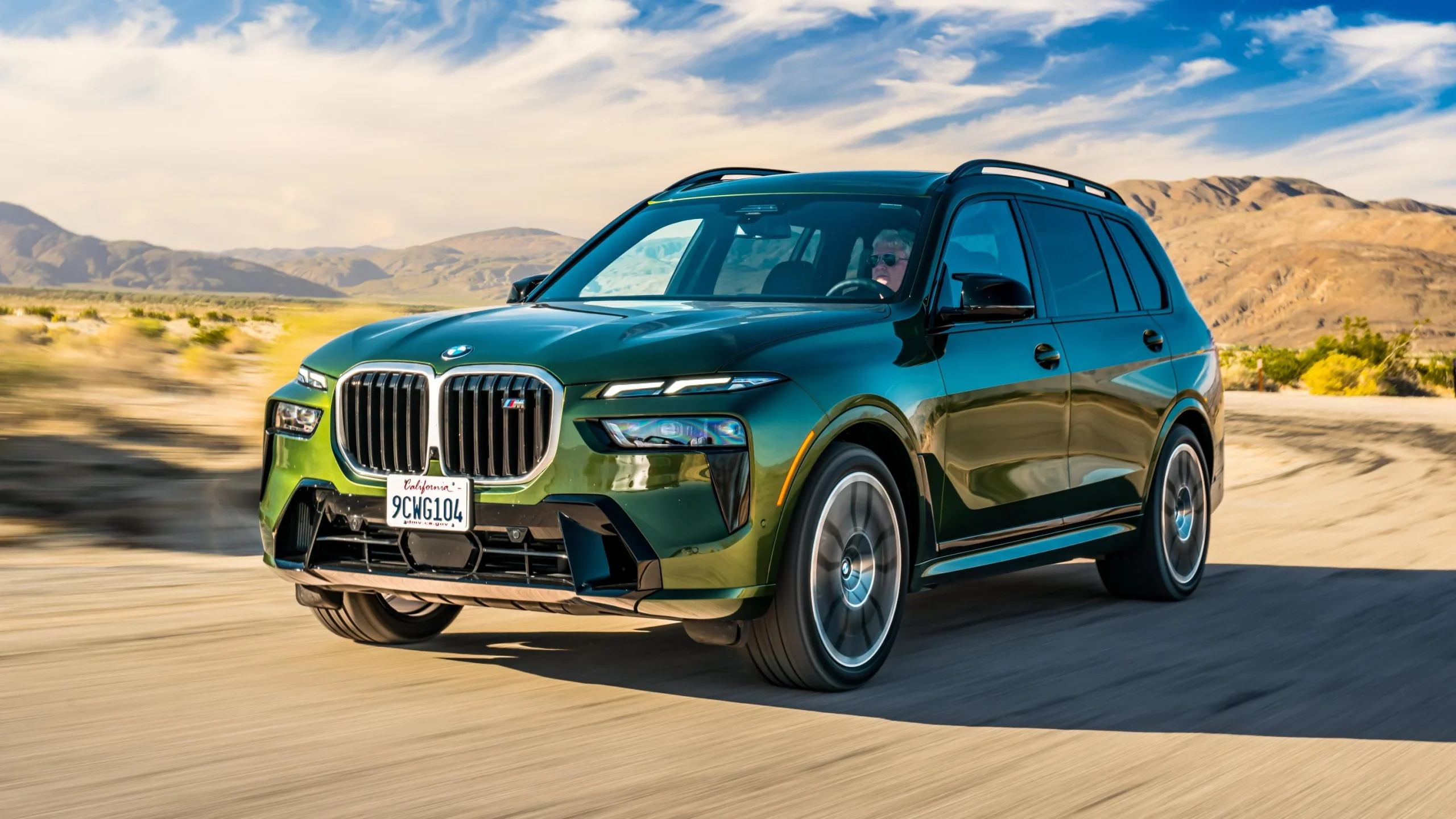
BMW X7
xDrive is BMW’s term for four-wheel drive, so no matter what the weather is like, your X7 should keep moving smoothly. And we do mean smoothly, because this 40d diesel version has 347bhp and can go from 0 to 62mph in just 5.9 seconds — quicker than the Mercedes GLS 450d or Range Rover D350.
The X7 comes with air suspension as standard, which helps it stay smooth even on rough or snowy roads. Even though it’s a large and heavy vehicle, it feels surprisingly easy to handle thanks to its precise, smooth steering. It’s also quiet inside, with barely any wind or road noise when you’re driving on the motorway.
Most people who buy a BMW will go for the M Sport version, which includes upgraded brakes and a stronger, sportier look compared to the basic version.
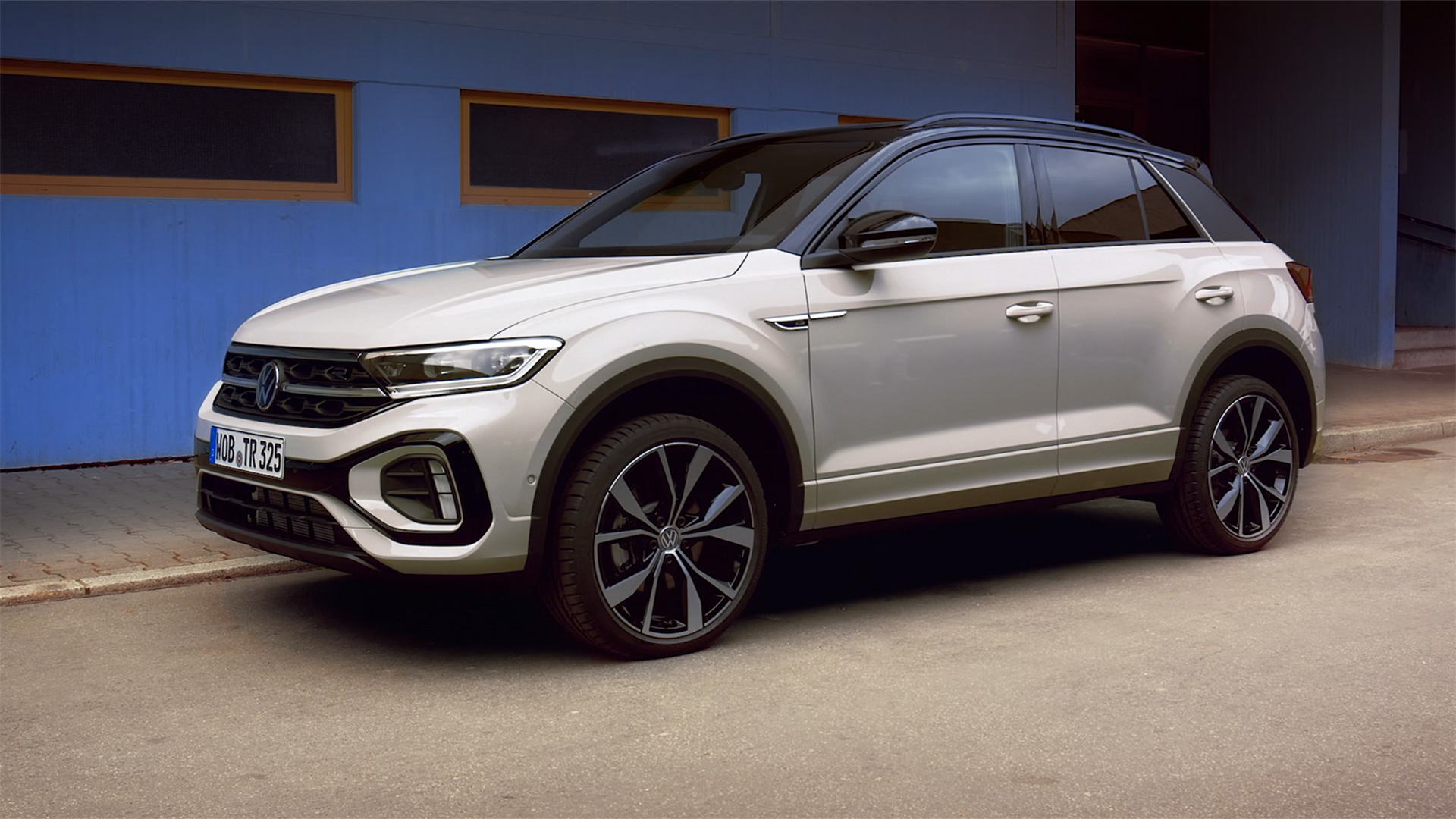
Volkswagen T-Roc
In January 2023, we chose the Volkswagen T-Roc as the best small SUV you can buy. While the 1.0-litre petrol engine is likely the best fit for most people during the year, we think the more powerful 2.0-litre version is a smarter choice if you often deal with mud, snow, or ice on your local roads.
This version doesn’t just offer more power — it can also be ordered with Volkswagen’s 4Motion four-wheel drive system, which is designed to help your wheels keep turning even on slippery surfaces.
We suggest pairing this engine with Style trim, which is one step above the basic Life version. It gives you bigger wheels, a larger 10.25-inch digital display for the driver, and built-in sat nav, among other features.
Just keep in mind that adding four-wheel drive does reduce the T-Roc’s boot space. However, during our tests, we were still able to fit six carry-on suitcases — more than any version of the Seat Arona can manage.
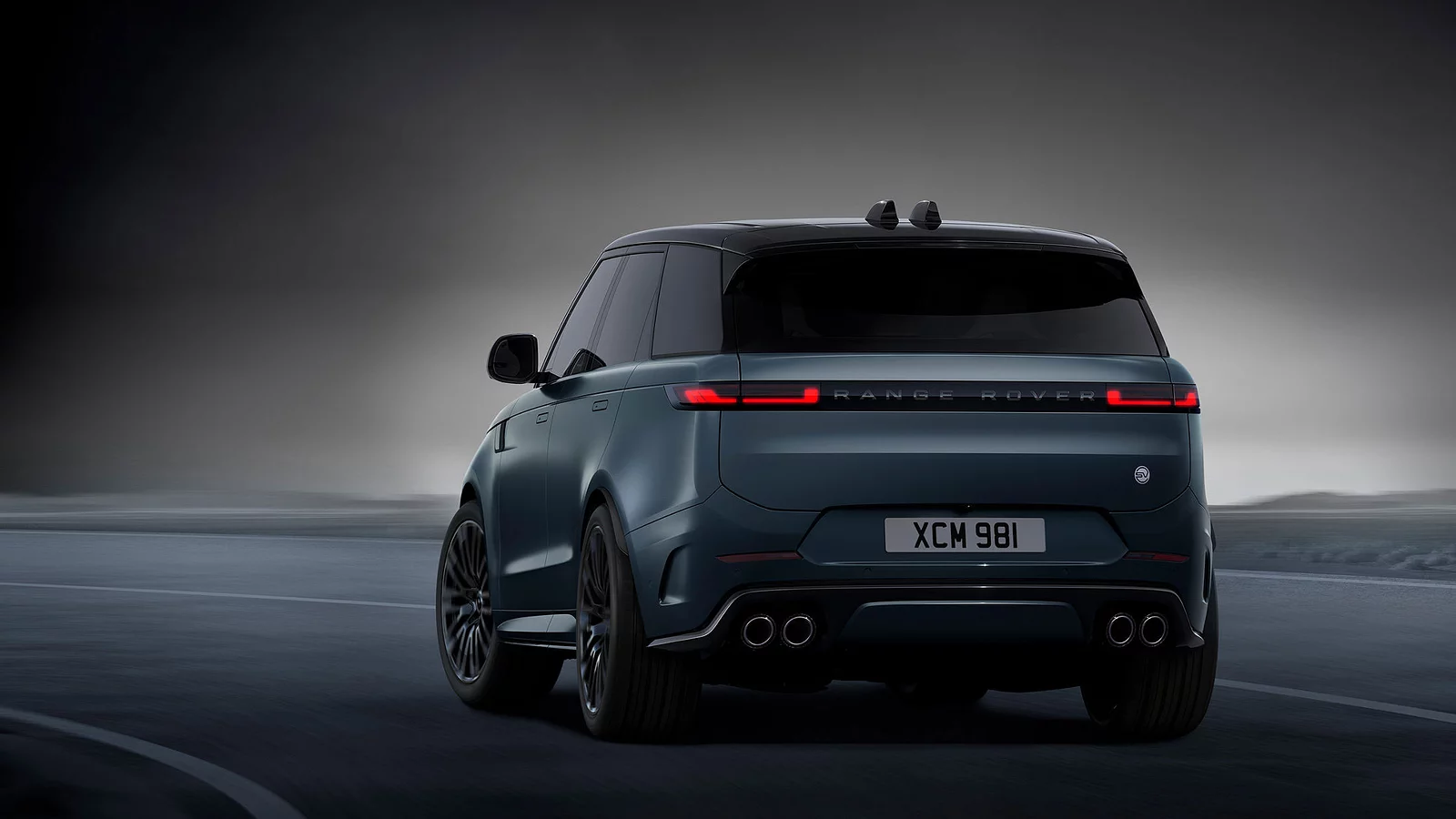
Range Rover Sport
If you’re looking for a mix of Land Rover’s off-road strength with comfort and luxury, the Range Rover Sport is a great option. It’s very capable when roads get rough, and the 3.0-litre six-cylinder diesel engine in this version gives you strong pulling power. Like most cars mentioned here, it also has four-wheel drive to help you stay on the move, even when it’s snowing.
Every Range Rover Sport comes with a good amount of features, but we suggest going for the Dynamic SE model. It adds darker interior details and a black roof lining to the already high-quality set of standard equipment.
Everyone inside will have plenty of space, and the materials used feel just as nice as those in the more expensive and even larger Range Rover.
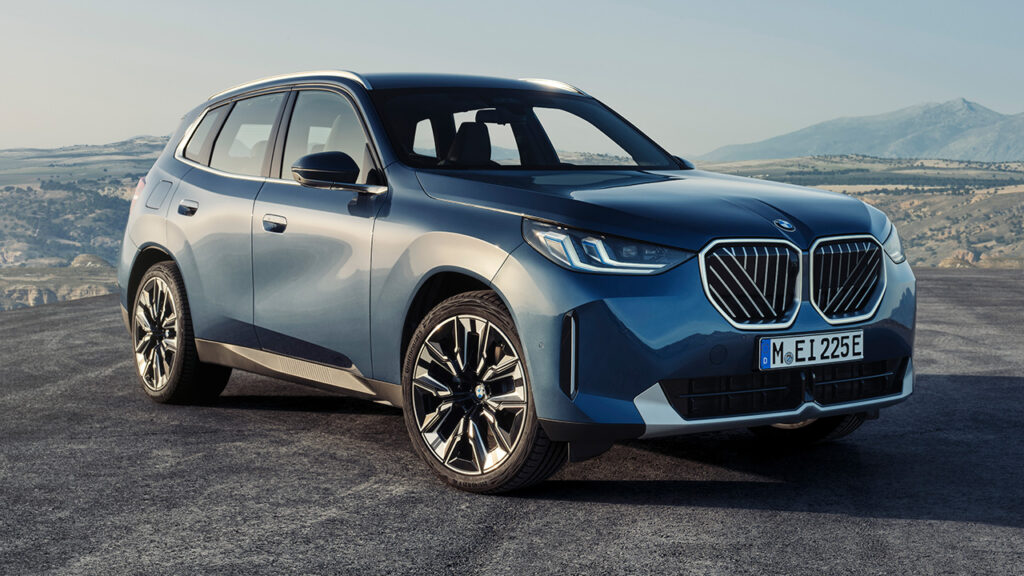
BMW X3
There are many good things about the BMW X3, like how every version is enjoyable to drive and how its infotainment system includes physical buttons instead of just touchscreens, which is helpful when you’re wearing gloves in cold weather.
All the engines available for the X3 are solid choices, but we believe the basic xDrive20d 2.0-litre diesel engine will be enough for most drivers. With 187 bhp, it feels more powerful than the similar engine in the Land Rover Discovery Sport. It even includes mild hybrid technology, which can help save fuel. As the name xDrive suggests, this version comes with four-wheel drive too.
Like the X7 mentioned earlier, it’s a good idea to choose the M Sport version. It has a sportier appearance and, if you go for the optional M Sport Pro pack, you get adaptive suspension for a smoother ride.
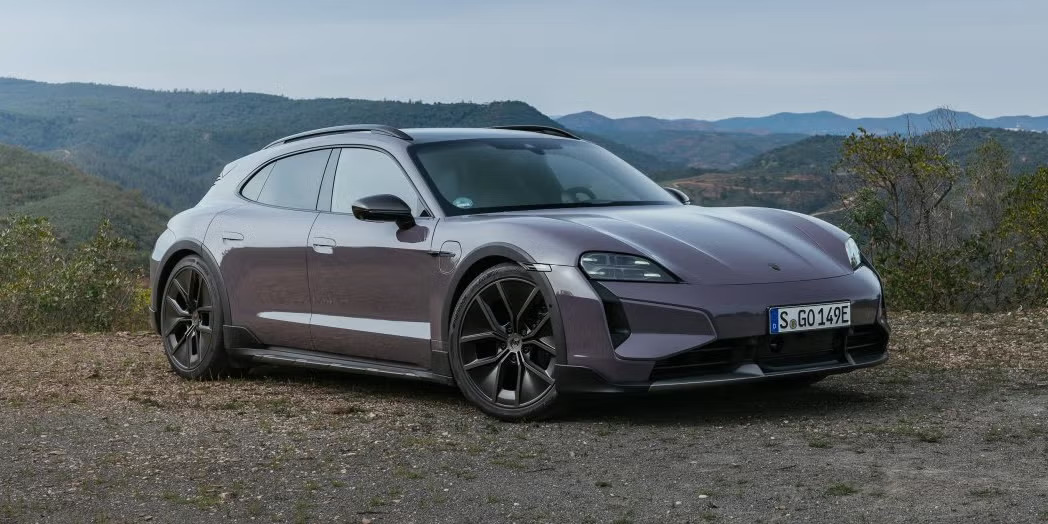
Taycan Cross Turismo
The Taycan Cross Turismo stands out from the other cars on this list because it’s fully electric. But that doesn’t mean it’s not a strong option when driving in snowy weather.
With four-wheel drive, the 4S version feels very stable on all types of surfaces, and the slightly higher ride height of the Cross Turismo versions helps it move easily over piles of snow.
In 4S trim, the Taycan Cross Turismo has 563bhp and can go from 0 to 62mph in just 4.1 seconds. While the cold might stop you from reaching its official range of 301 miles, getting about 200 miles between charges should still be possible.
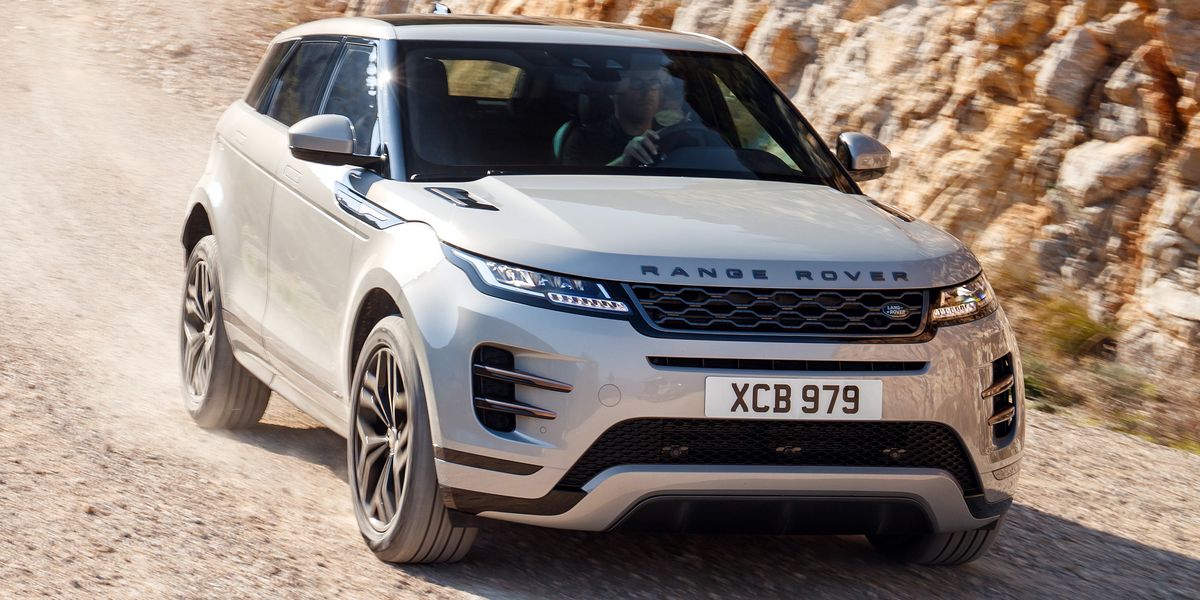
Range Rover Evoque
It’s not surprising to see a third Land Rover model in this top 10 – the brand is well known for building vehicles that handle off-road driving. While the Evoque isn’t as tough as the Defender or Range Rover Sport, it can still take you much farther off-road than other family SUVs like the BMW X1 or Volvo XC40.
The Evoque comes with four-wheel drive as standard, which can be adjusted for different road conditions. It also offers more ground clearance and can drive through deeper water than any of its rivals.
We’d choose the P300e plug-in hybrid version, which combines a 1.5-litre petrol engine with an electric motor. This is the fastest Evoque in the range, reaching 0-62mph in 6.1 seconds, and it can officially travel up to 38 miles on electric power alone.
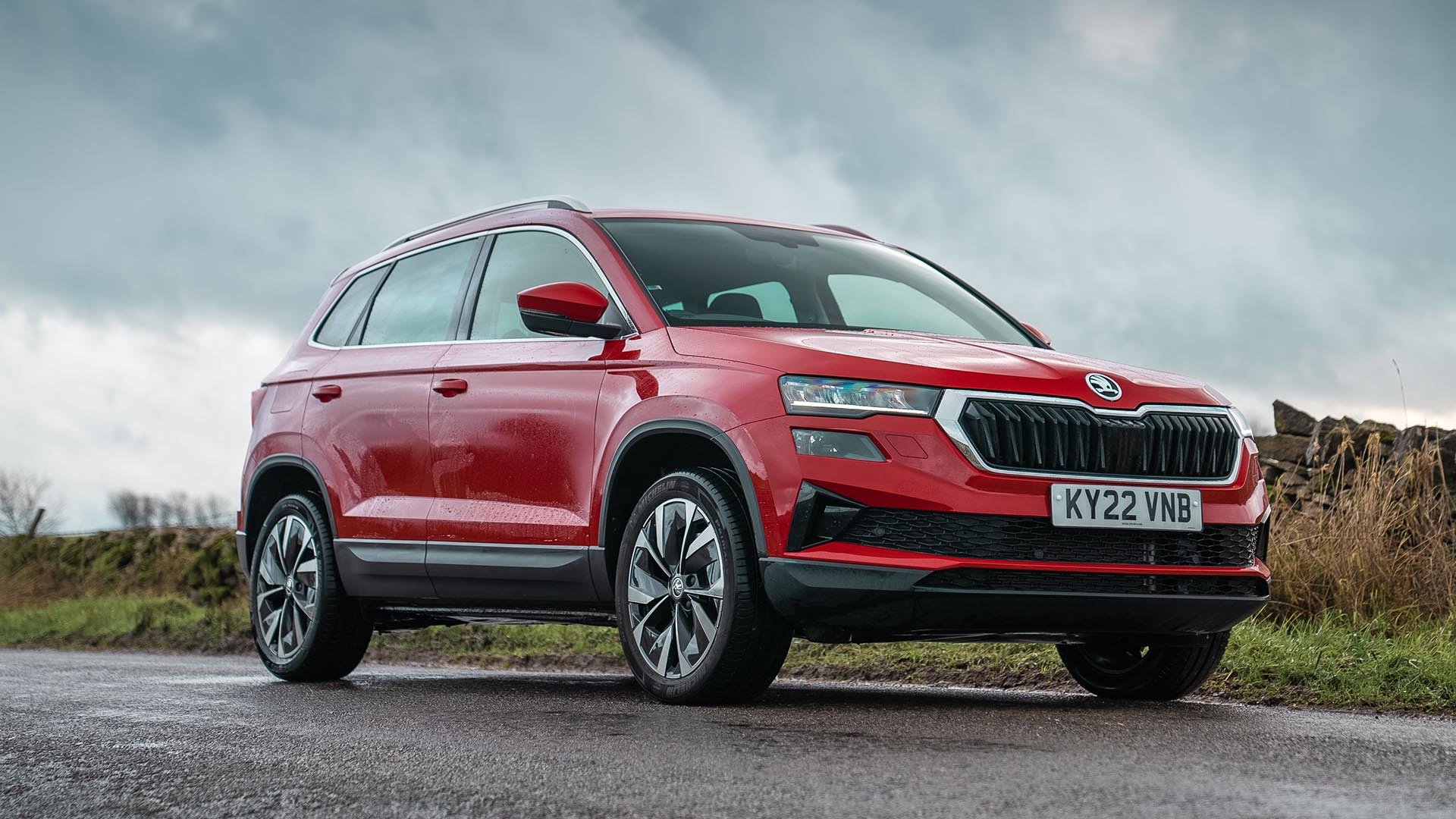
Skoda Karoq
As the follow-up to the well-known Skoda Yeti, it makes sense that the Karoq gives you great value, lots of space for passengers and luggage, and enough choices in the range to suit different drivers.
If you live in a place where deep snow and icy roads are common, the strong power of the 2.0-litre diesel engine is a good fit – it’s one of the few versions available with four-wheel drive. This version also includes an automatic gearbox.
Every Karoq comes with a good amount of equipment, but we recommend the mid-range SE L trim. It adds features like 18-inch alloy wheels, adjustable rear seats, keyless entry and start, and parking sensors on all sides.
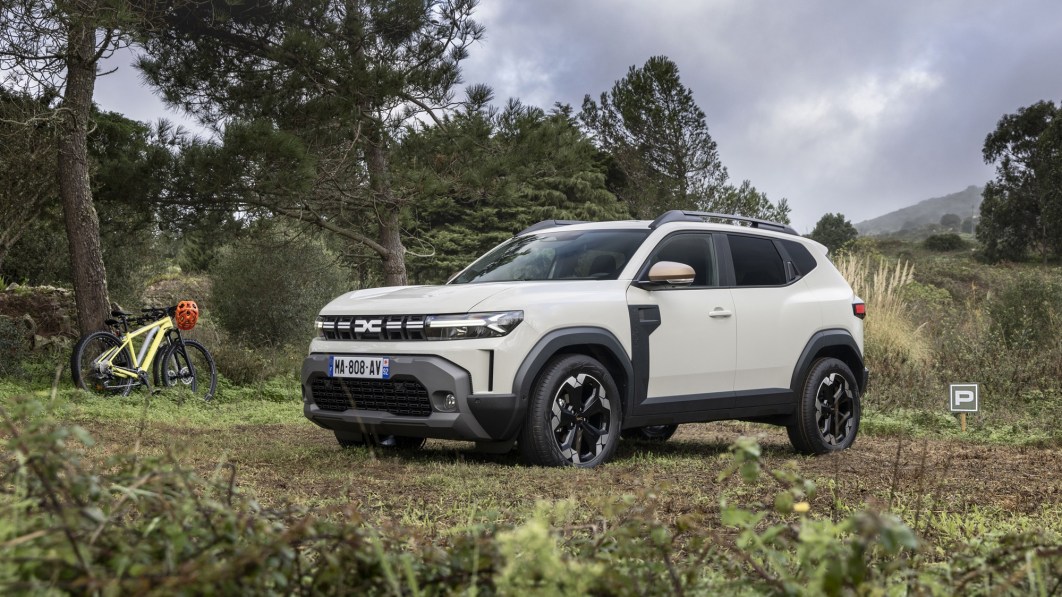
Dacia Duster
This version of the Dacia Duster small SUV shows that you don’t have to spend a lot to get a car that works really well in snow and icy conditions. It pairs a strong petrol engine with four-wheel drive, which is useful if you plan to tow something or drive on bumpy, muddy, snowy, or sandy hills.
Picking a Duster with four-wheel drive also gives you a better rear suspension setup, which helps make the car more stable whether you’re on the road or off it.
Extreme is the top trim level in the range, and it’s worth thinking about because it comes with heated front seats and a heated steering wheel as standard, along with a tougher-looking design.
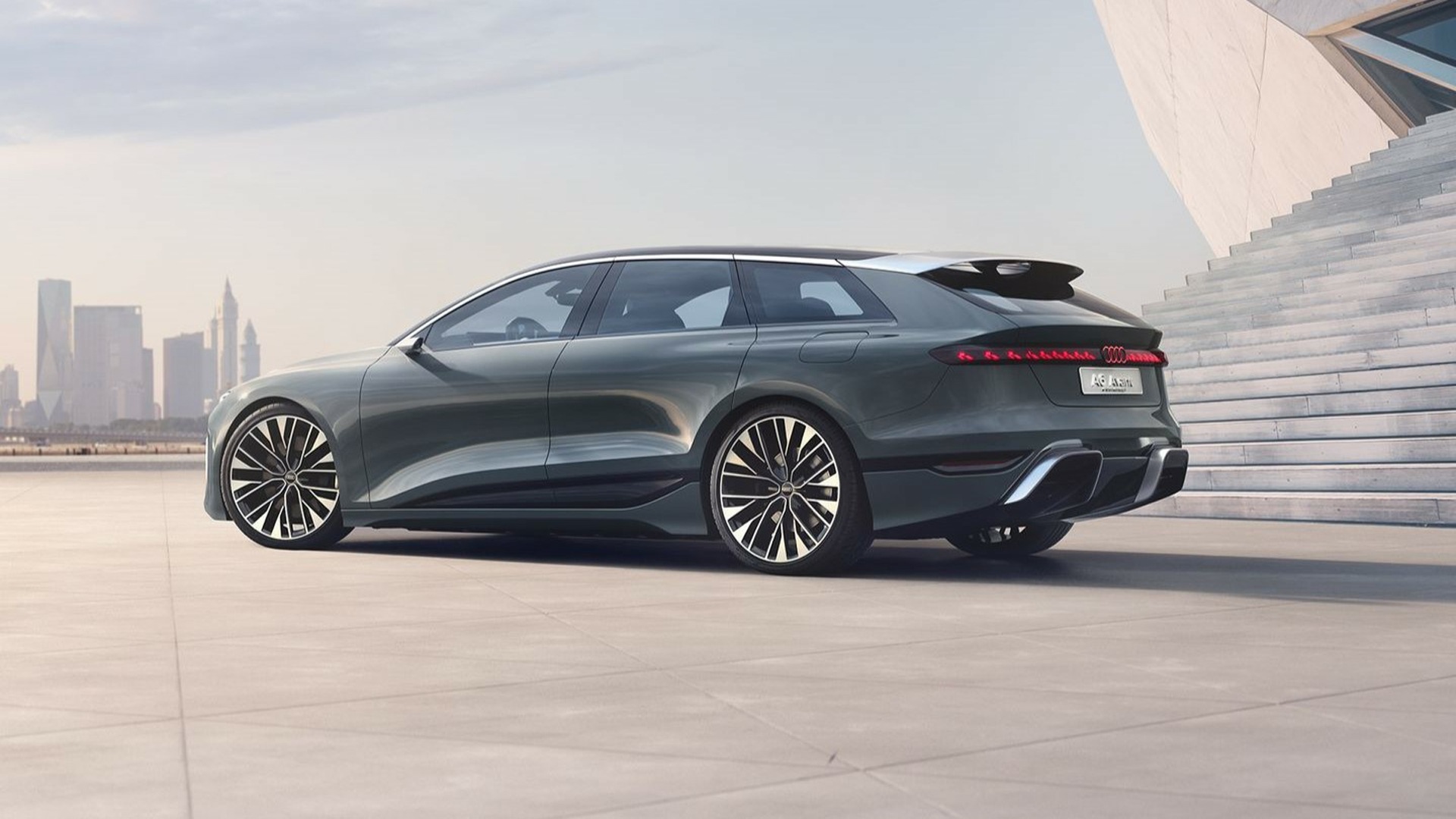
Audi A6 Avant
Most cars on this list are SUVs, but what if you don’t want something that tall, or need more room than most family SUVs offer? In that case, an estate car that can still handle tricky conditions is a smart choice – and this version of the Audi A6 Avant fits the bill.
You’ll be able to fit more in the boot of the BMW 5 Series Touring or Mercedes E-Class Estate, but the difference isn’t huge. The Audi makes up for that with a very well-made interior that uses high-quality materials.
This version combines the strong 40 TDI diesel engine with Audi’s quattro four-wheel drive system, which should help you stay steady when driving on snowy or icy roads. It comes in Sport trim, which includes features like dual-zone climate control, leather seats, and 18-inch alloy wheels.
10 Worst Cars for Winters
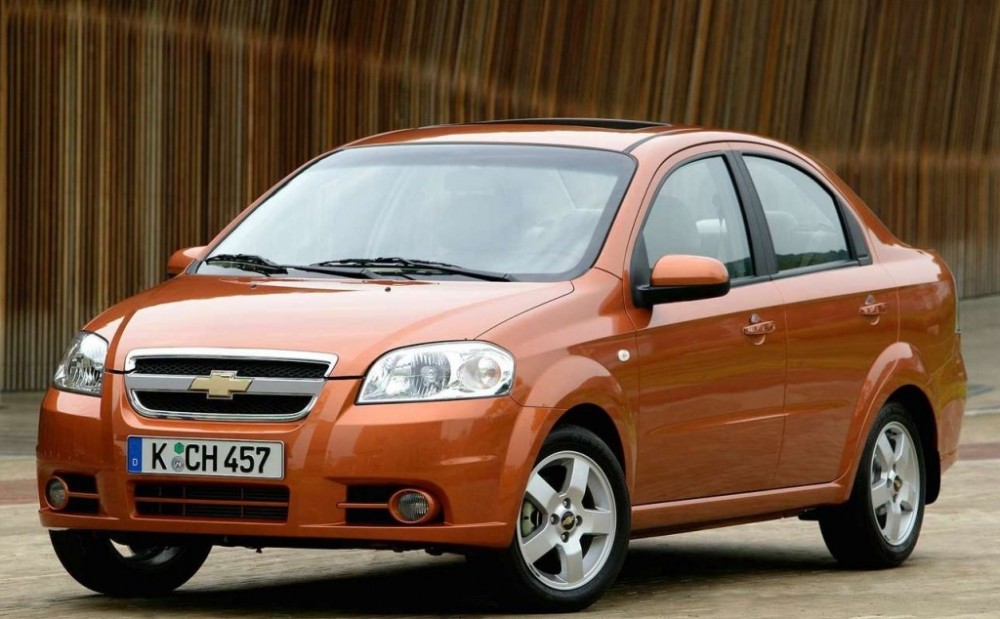
Chevrolet Aveo
A Chevrolet Aveo having trouble starting in a snowy, icy parking lot
The Chevrolet Aveo has problems in cold weather because of several design issues. Its small engine often has a hard time starting in very cold temperatures.
Because the Aveo is light and sits low to the ground, it can easily get stuck in the snow. The thin tires don’t grip well on icy roads, which makes it more likely to slide.
The car’s heater isn’t very strong, so it takes a while to warm up the inside. This can make winter drives uncomfortable.
The battery doesn’t handle cold weather well either, which can leave the driver stuck. The windshield wipers and defroster don’t work very well, making it harder to see in snowy conditions.
All of these issues make the Chevrolet Aveo hard to use in cold areas. People who live in snowy places might not find it dependable during the winter.
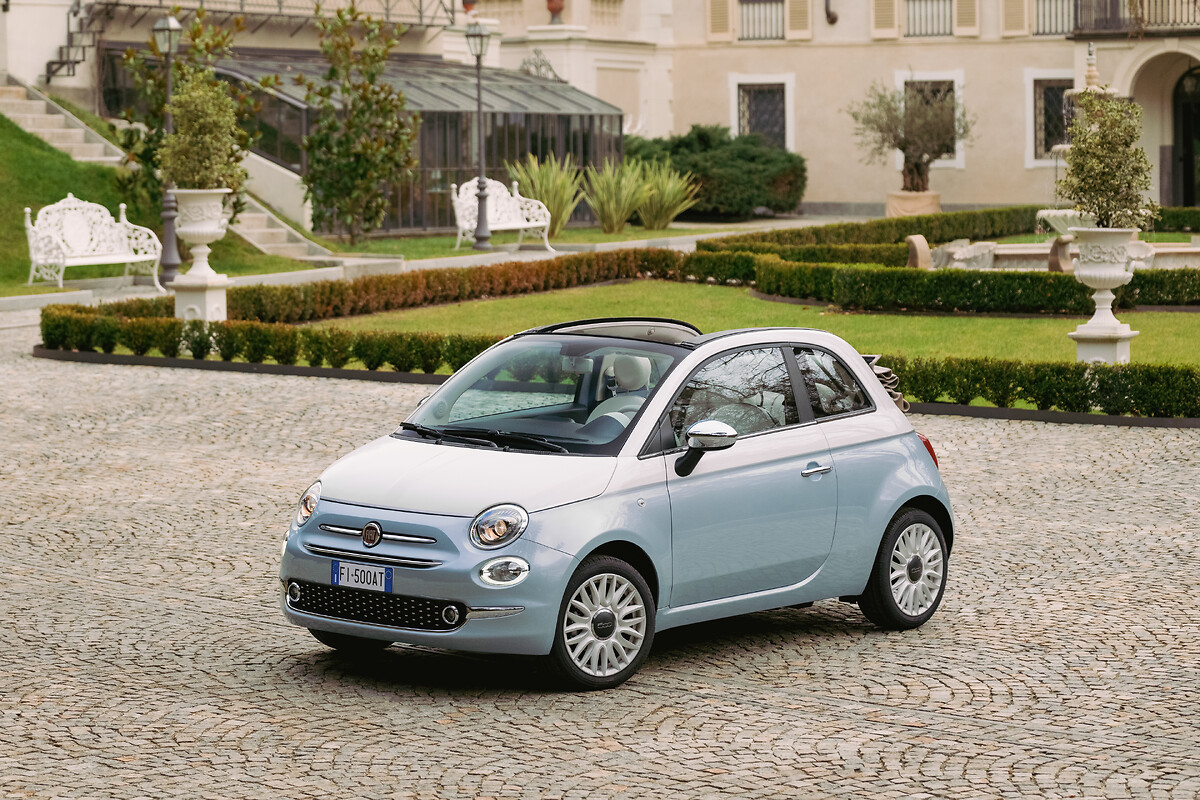
Fiat 500
A Fiat 500 left in a snowy parking lot, surrounded by other cars, with frost and snow on its windows
The Fiat 500 has a tough time in cold weather because of its small size and limited features. Its small engine can struggle to start in very cold temperatures, which can cause reliability problems.
The car is light, which makes it more likely to slide on icy roads. The narrow tires don’t offer much grip in the snow, which affects safety and control.
The Fiat 500’s heater might not be strong enough in very cold weather and takes a while to warm the inside. Since the car is small inside, it also loses heat quickly when it’s cold outside.
The battery tends to lose power fast in cold weather, which can leave the driver stuck. Because the car sits low, it can be hard to drive through deep snow or slush.
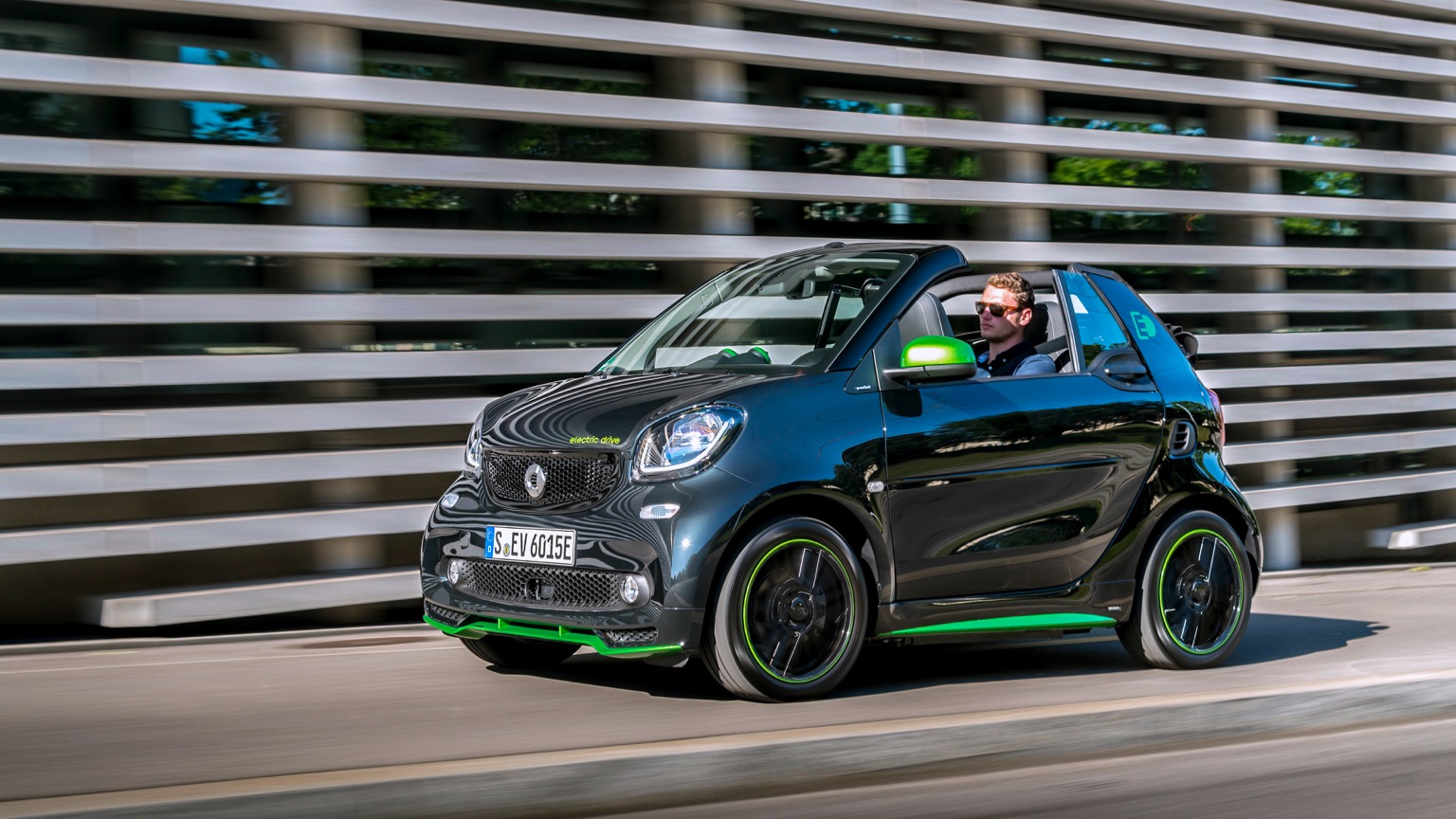
Smart Fortwo
A Smart Fortwo stuck in a snowdrift with icy roads and freezing temperatures
The Smart Fortwo has a lot of trouble in cold weather. Because it’s small and light, snow and ice can build up on it easily, which lowers traction and makes it less steady on slippery roads.
The car’s small engine doesn’t warm up quickly, so it takes more time to heat the inside. This can make it uncomfortable for people inside the car during very cold weather.
Another problem is that the car sits low to the ground. This makes it hard to get through deep snow or over icy patches, which could leave drivers stuck.
The tires are narrow and don’t cover much of the road, which means they don’t grip well on ice. This makes it easier for the car to skid or slide, which can be risky when driving in winter.
There’s not much space for storing things, so it’s hard to carry winter gear like shovels or emergency kits. This could make drivers less ready for sudden winter problems.
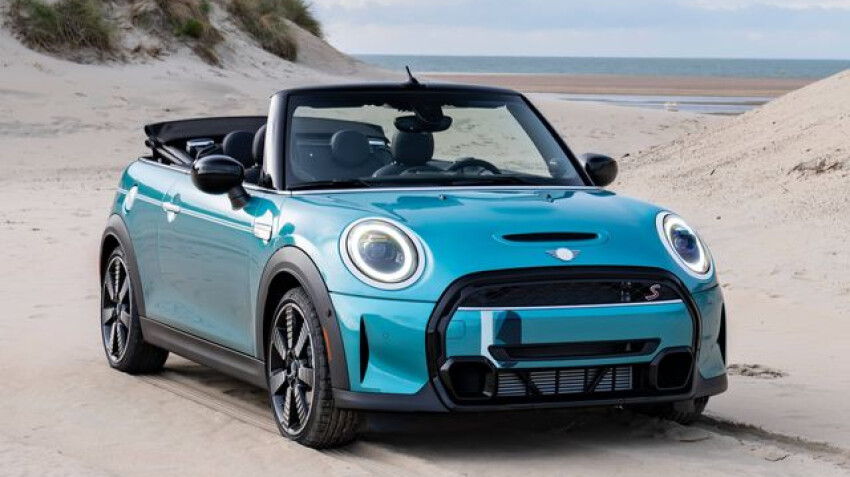
Mini Cooper Convertible
A Mini Cooper Convertible sits stranded in a snow-covered parking lot, surrounded by other cars equipped for cold weather
The Mini Cooper Convertible doesn’t do well in cold weather. The soft top doesn’t block out the cold very well, and cold air can come into the car, making the inside chilly.
Because the car is small and close to the ground, it’s hard to get through snow and slush. Its light build makes it harder for the tires to grip icy roads.
There’s not much room inside the car, so carrying big winter items is difficult. The small engine may also take a while to heat up when it’s very cold, which might affect how well the car runs.
Seeing clearly in winter can be hard, because the design of the car makes the blind spots bigger when the top is up. Since the car is low, other drivers might not see it easily in snowy weather.
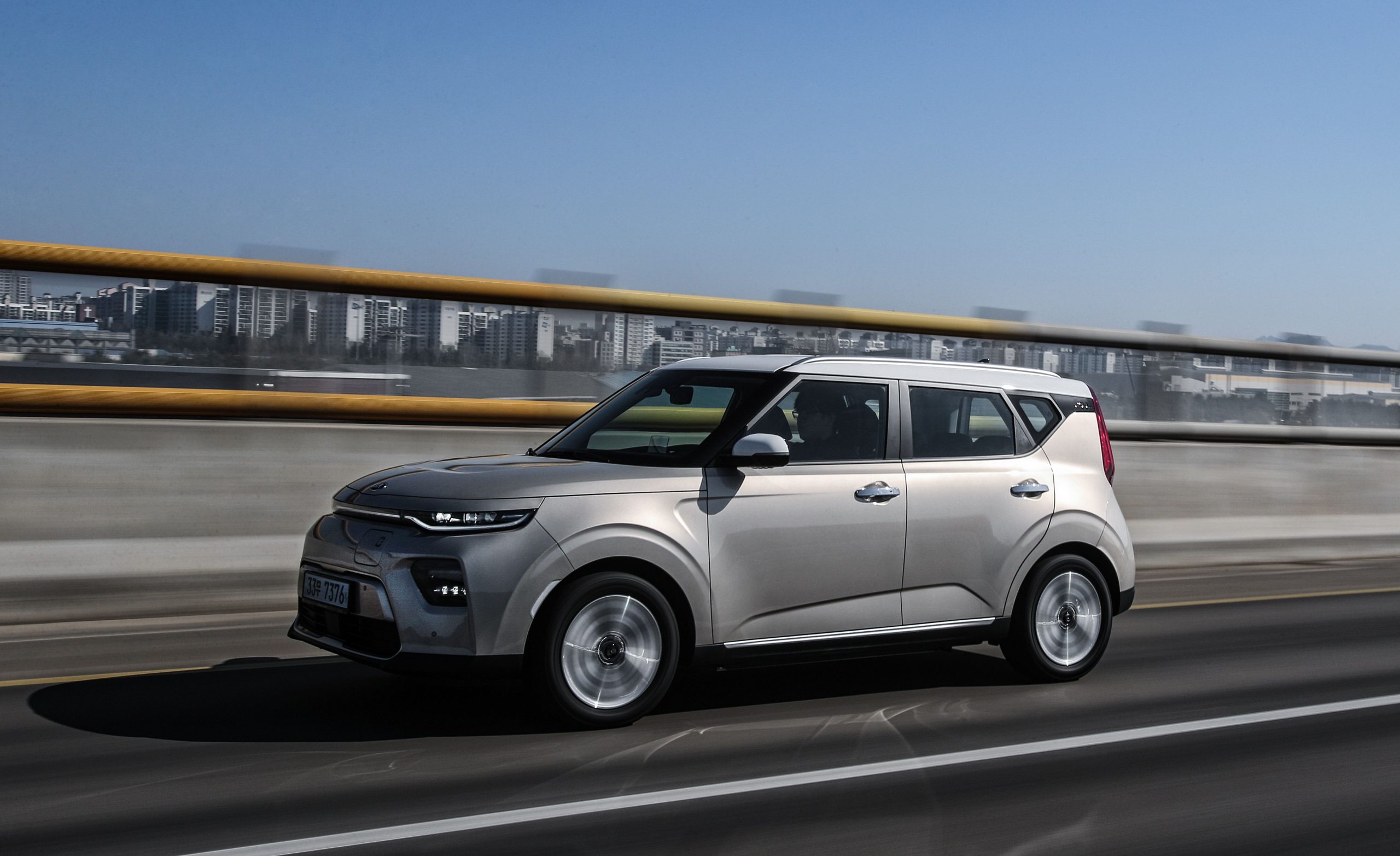
Kia Soul EV
A Kia Soul EV sits stranded in a snowstorm, with icy roads and freezing temperatures, surrounded by other cars struggling in the cold weather
The Kia Soul EV has trouble in cold weather. Its battery range drops a lot when temperatures are low, which can shorten how far it can drive.
Cold temperatures affect how the Soul EV charges. It may take longer to charge and might not reach a full charge in freezing weather.
The heating system inside the Soul EV uses power from the battery, which means using the heater lowers the driving range even more. This can make drivers choose between staying warm and driving farther.
Using winter tires is important to keep good grip on snowy or icy roads. However, the added weight of these tires can reduce how efficiently the car runs and how far it can go.
The car’s regenerative braking system might not work as well in the cold, which means it may not be able to save and reuse as much energy during winter driving.
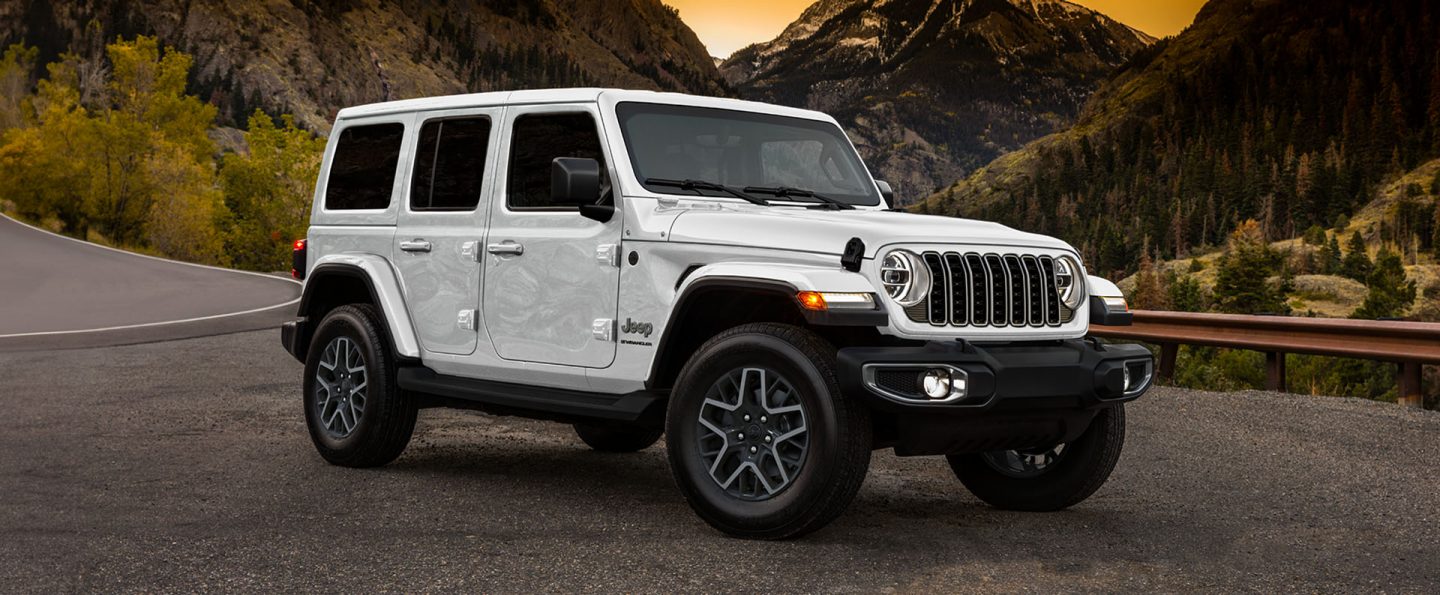
Jeep Wrangler
A Jeep Wrangler struggles through a snow-covered road, its tires slipping on the icy surface as the cold weather takes its toll
The Jeep Wrangler, even though it’s built for tough conditions, can have problems in cold weather. Its soft top and removable doors can let cold air come inside, making it harder to keep the cabin warm.
The Wrangler’s high clearance is helpful for off-roading, but it can make the vehicle feel less steady on icy roads. Its tall, square shape can catch more wind, which might make handling harder during strong winter winds.
Older Wrangler models may have trouble starting in very cold weather because their batteries and electrical systems aren’t as advanced. Some people have said that their door locks freeze and won’t open in freezing conditions.
The heater in the Wrangler can take longer to warm up the inside, especially in basic models with smaller engines. This slow heating can make short winter drives less comfortable.
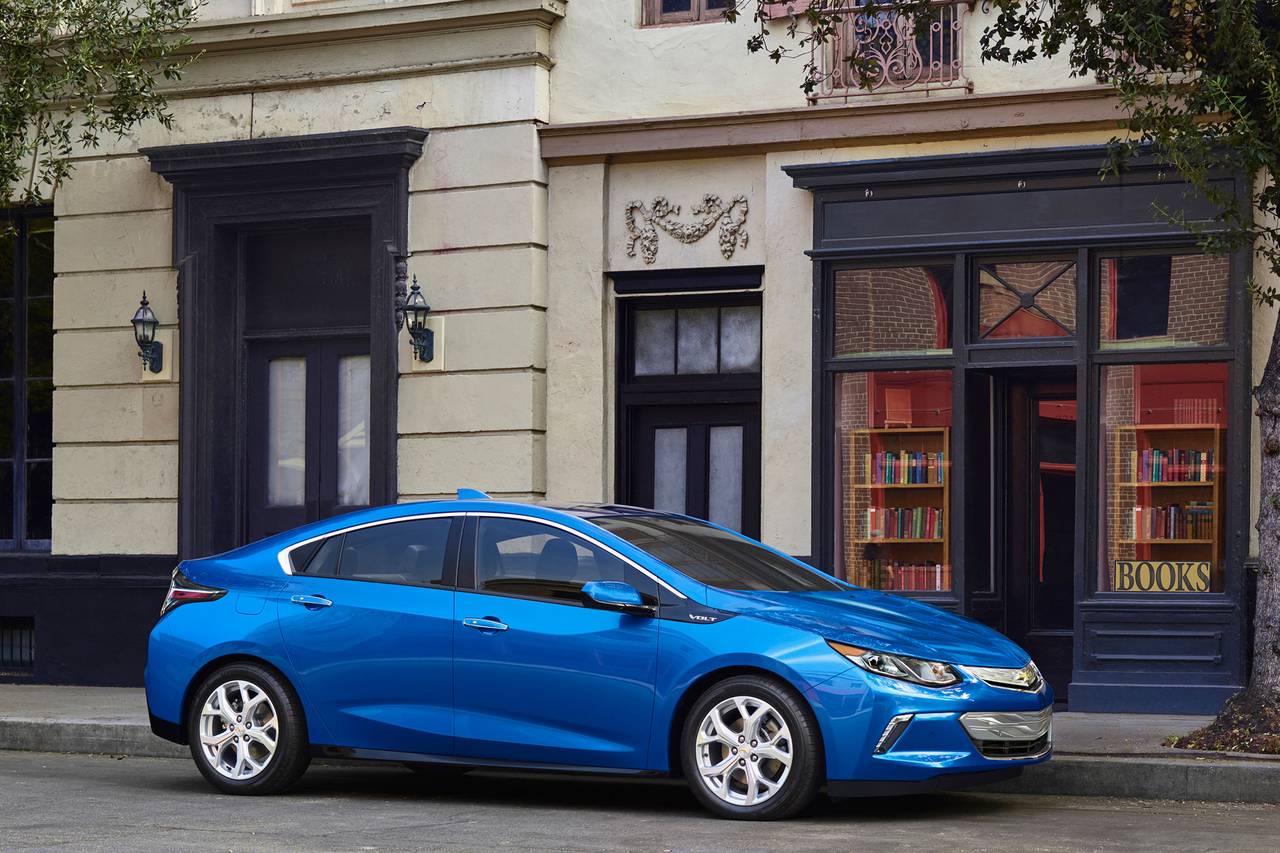
Chevrolet Volt
A Chevrolet Volt sits stranded in a snow-covered parking lot, its windshield wipers frozen in place and its battery drained
The Chevrolet Volt has problems in cold weather. Its electric battery range drops a lot when the temperature is low, which makes the car less efficient.
Cold weather affects how the Volt heats the inside. The car uses electric power to warm the cabin, and this uses more battery, which shortens how far it can go.
The Volt’s regenerative braking system might not work as well on icy roads. This means it can’t save as much energy, which affects how the car performs in winter.
Charging the Volt takes more time in cold weather. The battery needs extra energy to warm up to the right temperature, which makes charging take longer.
The Volt’s low ground clearance can cause trouble in snow. It may have a hard time getting through deep snow or roads that haven’t been plowed.
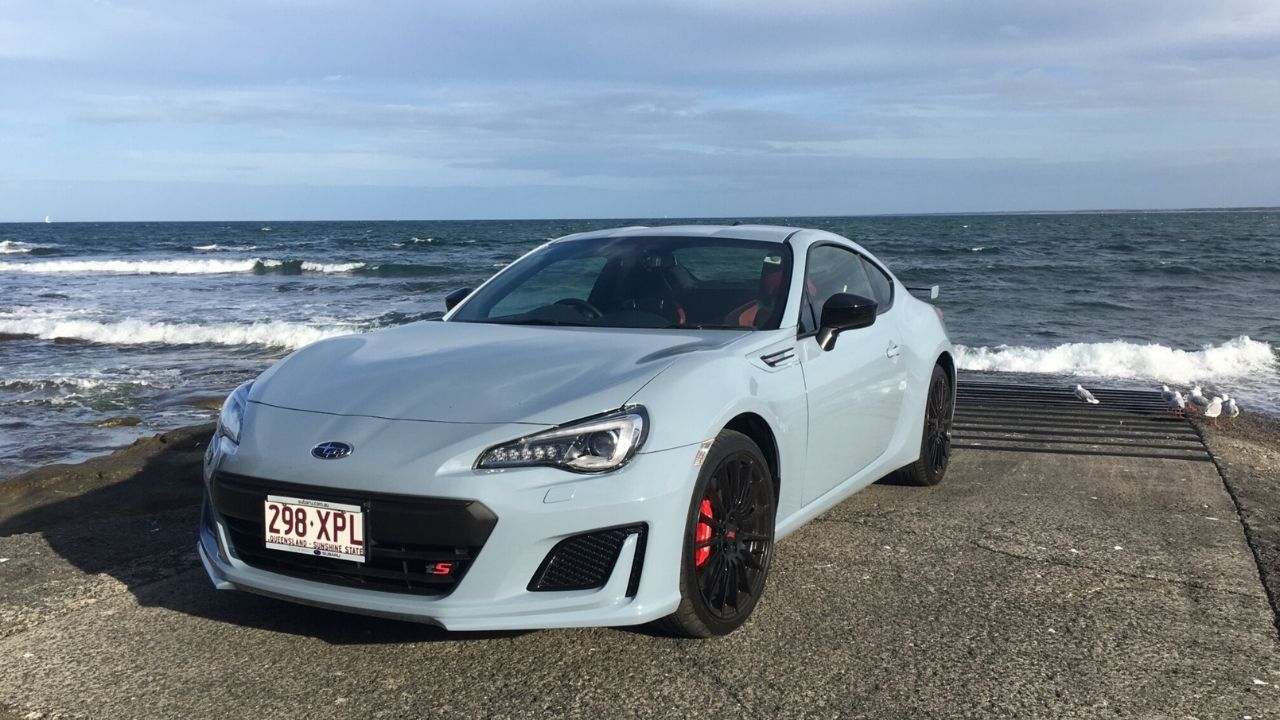
Subaru BRZ
A Subaru BRZ struggles to navigate through heavy snow and icy roads, its tires slipping and struggling to gain traction
The Subaru BRZ has trouble in cold weather. Since it has rear-wheel drive, it can lose grip on slippery roads, making it harder to drive in winter.
Its low ground clearance is a problem when there’s a lot of snow. This sports car might not get through deep snow or roads that haven’t been cleared.
There isn’t much room to carry winter gear or emergency items. The small trunk and limited space inside can be a problem on longer winter trips.
The BRZ uses tires made for performance, which don’t work well in cold weather. These tires can get hard when it’s freezing, which lowers grip and makes it harder to stop on icy roads.
The heater in the BRZ may take more time to warm up because the engine is small. This can make the start of a winter drive less comfortable.
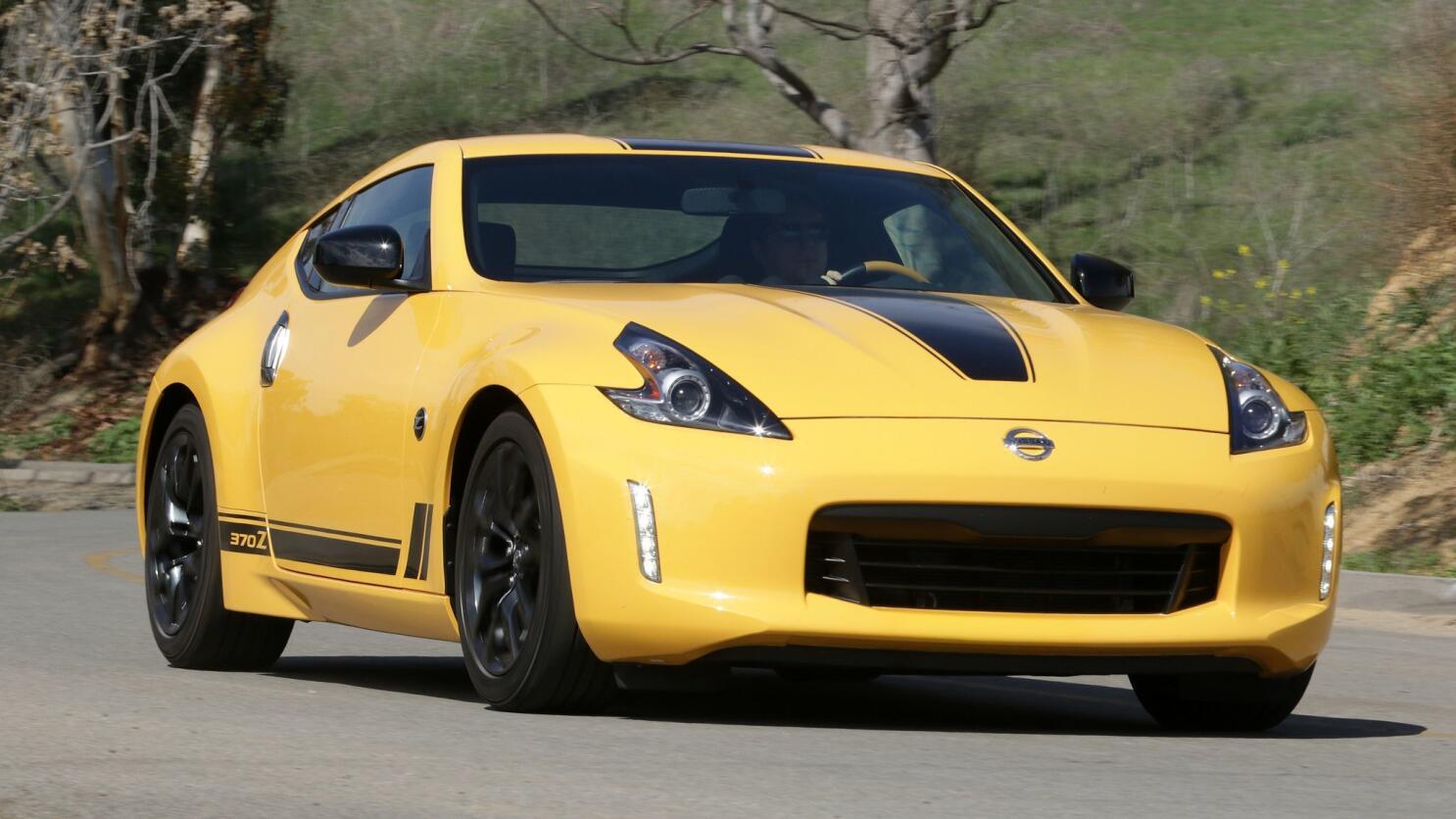
Nissan 370Z
A Nissan 370Z struggling to navigate through heavy snow and ice on a deserted, icy road
The Nissan 370Z has trouble in cold weather. Its rear-wheel drive makes it hard to keep control on snowy or icy roads.
The sports car’s low ground clearance can be a problem in deep snow, possibly causing it to get stuck. The tires are made for performance and aren’t good for winter driving, offering less grip in cold weather.
The cabin of the 370Z takes time to warm up because the car is small, which means it has less insulation. This can make the ride uncomfortable in cold weather.
There isn’t much space in the 370Z to carry winter supplies or emergency items. The small interior also makes it hard to use big winter clothes.
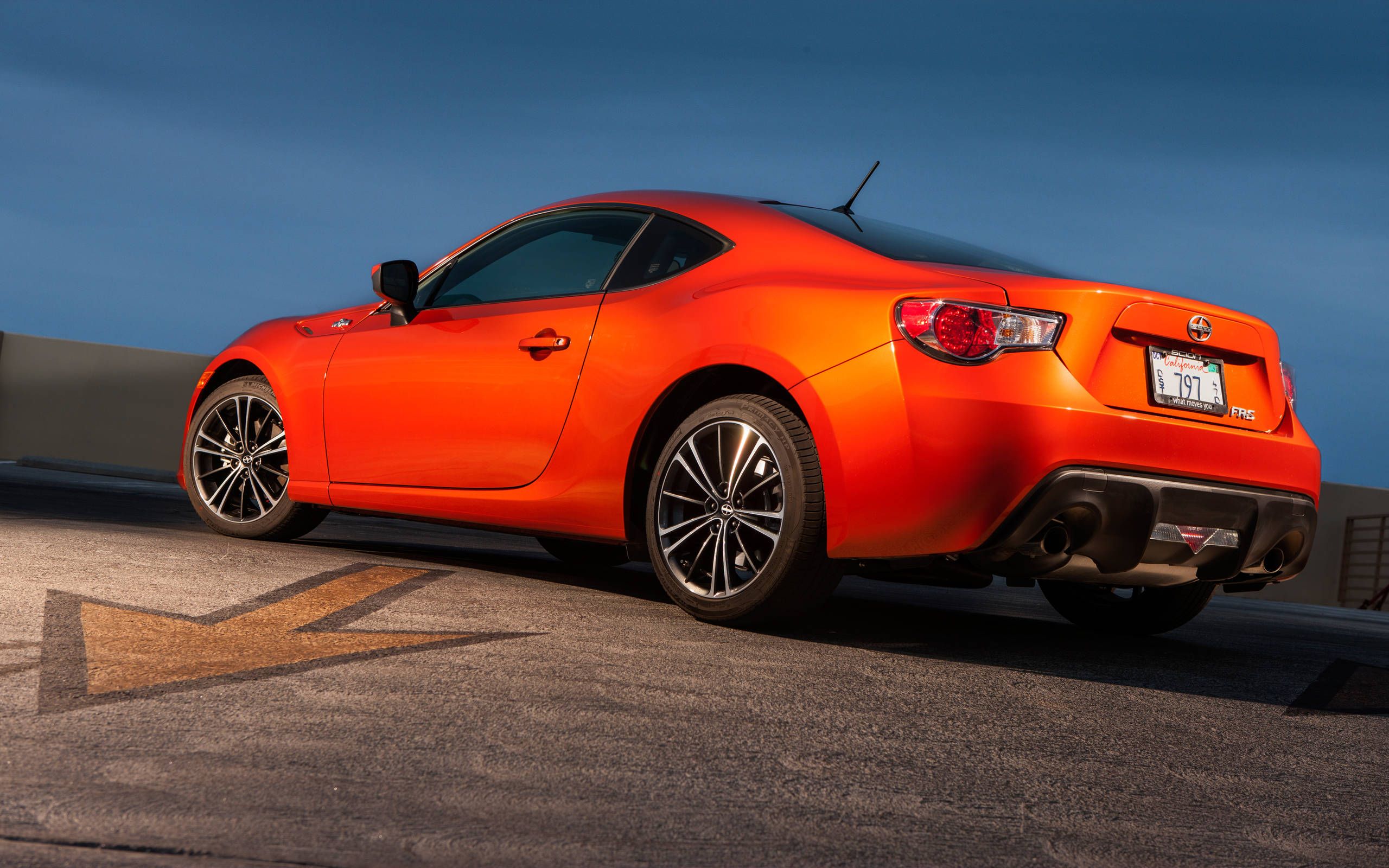
Scion FR-S
A Scion FR-S sits parked in a snow-covered lot, surrounded by other vehicles. The cold weather has caused frost to form on the car’s windshield and side mirrors
The Scion FR-S has trouble in cold weather because of its rear-wheel drive. The car’s light design and low ground clearance make it easy to slide on icy roads.
The cold weather makes the FR-S perform worse. Its summer tires lose grip in freezing weather, which makes it harder to control. The small interior also means there is less insulation, which makes the inside of the car cold.
Also Read: 10 Reliable Used Cars Under $15,000: Top-Rated Sedans, SUVs, and Trucks That Last
The FR-S doesn’t have cold weather features like heated seats or a heated steering wheel, which makes winter driving less comfortable.
The small engine might have trouble starting in very cold weather. The battery may not work well in low temperatures, which can leave drivers stuck. People who live in places with harsh winters may find the Scion FR-S difficult to use every day.

